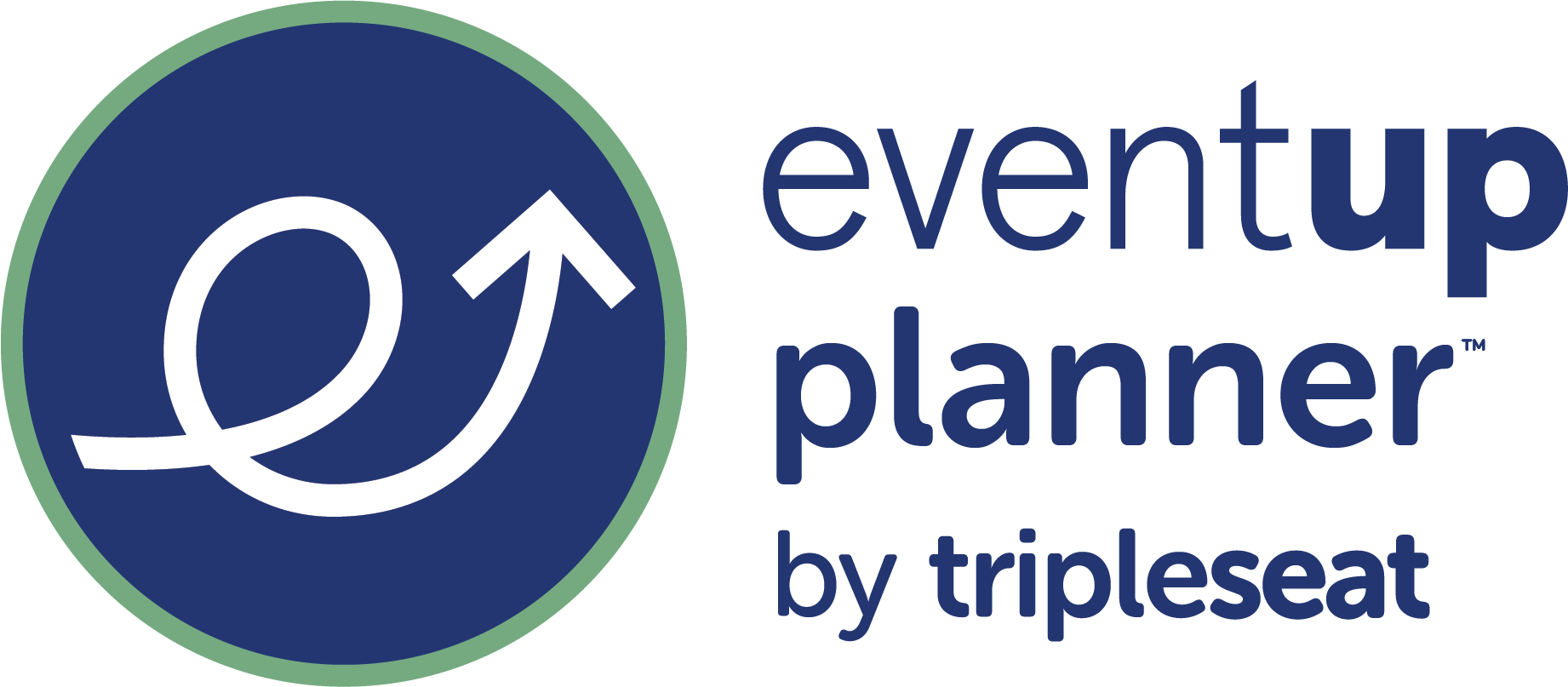We get it—internal meetings and events aren’t usually healthcare professionals’ favorite workplace activities. 90% of employees feel that meetings are “costly” and “unproductive.” But there are many scenarios where these internal meetings are inevitable, especially when it comes to running a well-oiled healthcare organization.
To get around this, focus on making your healthcare events as engaging and worthwhile as possible. You can use the same planning strategies you use to prepare for external presentations—such as virtual events or conference speeches—to boost attendee engagement.
From captivating your audience with a good story to creating on-brand and visually appealing slides for your presentations, we’ve compiled this list of tried and true strategies for making healthcare events something employees actually forward to rather than dread.
In all cases, thorough planning is your friend. Event software for healthcare can make the process easier. Let’s dive in!
7 Strategies to Enhance Events for Healthcare Professionals
Boost attendee participation at your next healthcare event by implementing these seven proven strategies:
1. Set Clear Objectives for all Presentations
It’s crucial that every presentation starts with a detailed plan and clear goal. You need a justifiable reason why you’re taking the time to pull team members from their duties and bring them together for a meeting—especially in a busy healthcare environment.
When setting goals for the presentation, be clear about the purpose of the meeting, the intended result of the meeting, and any next actions you’d like attendees to take.
For example, perhaps you’re planning a hospital fundraiser that you’d like employees to spread the word about. If so, the objective for your presentation would be to educate everyone on the upcoming fundraiser so they can share details with friends, family, and the local community.
The intended result would be to create excitement about the fundraiser, including the intended use(s) for the raised funds, such as a new mental health wing or essential pediatric initiatives.
At the end of your presentation, you’ll want to share the next steps you’d like attendees to take. That might look like a request for participation—like pledging to do a fitness challenge to raise funds—or a request to raise awareness, such as sharing about the event on social media.
| GET THE FREE HANDBOOK: Master The Art Of Choosing The Right Event Management Platform |
2. Start With a Story
One powerful tool to captivate your listeners is through storytelling. You can transform dry facts and figures into something memorable and impactful by simply telling a story before diving into the meat of your presentation.
For healthcare professionals, storytelling can effectively communicate complex ideas and evoke an emotional response. For instance, sharing a patient’s journey from diagnosis to recovery can illustrate the importance of early intervention and personalized care.
But stories don’t always have to be serious! Sharing a humorous anecdote about a light-hearted workplace mishap—such as that one time you discovered a patient walking down the hallway completely naked—will resonate with colleagues while also illustrating the issue or topic you’re going to cover (e.g., the necessity of hospital gowns).
In summary, storytelling allows you to humanize your content, making it relatable and understandable to your audience. Your colleagues will begin to look forward to your presentations, and your stories will become a topic of conversation at future events.
3. Make it Brief to Ensure the Best Use of Everyone’s Time
Putting a multi-hour time block on your people’s calendars to cover a handful of topics probably isn’t the best use of everyone’s time. Here are some tips for keeping healthcare meetings concise in order to respect everyone’s time:
- Send materials in advance. Distribute any necessary documents or information prior to the meeting, allowing attendees to review and come prepared.
- Minimize distractions. Encourage participants to silence their devices and avoid unnecessary interruptions during the meeting (this is extra important for busy healthcare professionals!).
- Assign a timekeeper. Designate someone to monitor the time and keep the meeting on track. If conversations begin to veer off-topic, this person will gently guide the discussion back to the agenda.
- Allocate specific time slots for each agenda item. Assign realistic time for each topic and adhere to these limits.
- Encourage concise communication. Ask participants to be brief and to the point when sharing their thoughts or updates.
- Summarize action items and decisions. Conclude the meeting by briefly restating any key takeaways, action items, and decisions made.
- Follow up with a concise summary email. After the meeting, send a brief email recapping the main points and next steps to ensure everyone is on the same page.
But don’t sweat if you don’t cover everything. You can always provide additional information and answer follow-up questions later on or simply reserve them for the next meeting.
By implementing some of these strategies, you and your colleagues can make the most of your valuable time and collaborate more effectively to deliver exceptional patient care.
4. Present Data Clearly and Concisely
If you’re presenting data during your presentation, focus on the most important metrics and let attendees explore the fine details on their own time afterward. Also, be sure to present the data in an easily digestible format. Infographics or charts make it easier to see data points in context.
For example, if you’re trying to convince your healthcare organization to upgrade its event management software, you might present data about how your organization can increase its ROI by using a better tool. You could show charts that demonstrate the negative impacts of your current event software (or lack thereof), and the potential cost savings and efficiency boost that a new solution could offer.
Or, you might be analyzing event data to identify opportunities to engage your audience better at your next event. You can assess the main takeaways—such as attendance rates, attendee feedback surveys, and social media engagement analytics—to develop a new marketing plan with your team for your next event.
5. Brand Your Meeting Materials to Your Organization
All internal communications should be uniformly branded, such as your presentation materials, training resources, or emails. This keeps your materials organized and easy to read. Plus, it’s easier to maintain external branding standards when your team is already used to keeping internal communications cohesive!
Here are some ideas for how to brand your meeting materials:
- Incorporate your healthcare organization’s logo and color scheme. Consistently use your company’s logo and official color palette across all meeting materials, including presentations, handouts, and agendas, to reinforce brand recognition and create a cohesive look.
- Use branded templates. Don’t reinvent the wheel. Develop a set of branded templates for presentations, documents, and other materials that feature your organization’s logo, colors, and fonts. This ensures a professional and consistent appearance across all internal communications.
- Include your healthcare organization’s mission or tagline. Integrate your company’s mission statement, vision, or tagline into your meeting materials to remind attendees of the organization’s purpose and values.
- Feature employee photos and success stories. Incorporate photos of your team members and highlight employee achievements or success stories in your presentations and handouts to create a sense of pride and belonging within your organization.
- Use branded visual elements. Develop a library of branded visual elements that align with your organization’s style guide, such as icons, illustrations, or infographics. Use these elements consistently throughout your meeting materials to enhance visual interest and reinforce your brand identity.
These strategies will help you create a strong, cohesive brand identity that resonates throughout your organization, fostering a sense of unity in all your healthcare meetings and events.
6. Encourage Attendee Feedback
Gathering employees for a meeting offers an effective opportunity to collect feedback and new ideas.
Let’s say you’re a Corporate Responsibility Consultant hosting an event with a hospital and some of its key stakeholders to identify strategic initiatives for the upcoming year. You might ask attendees to brainstorm event ideas to support the program. Or, you might ask for feedback on how their corporate volunteer program is going.
Allowing attendees to speak up during your meeting and make their voices heard can make your presentation that much more engaging and productive.
7. Provide Relevant Materials After the Meeting
After your presentation, send attendees any data charts, slideshows, or supplemental materials. If the meeting was virtual, you might want to record it to let any employees who couldn’t attend watch the presentation after the fact.
It’s also important to answer any follow-up questions employees may have after the meeting. Creating open lines of communication and providing transparency about any decisions that impact employees is key to promoting a positive work environment.
Healthcare professionals should leave your internal meetings and events clear on the next steps they should take or how the information presented will impact them going forward.
Streamline Healthcare Event Planning with EventUp Planner (formerly Attendease)
When it comes to healthcare meetings and events, time is valuable. More time in meetings means less time caring for patients.
Spend everyone’s time wisely by preparing a constructive agenda that includes plenty of time for healthcare professionals to speak up and engage with the topic. You’ll offer your colleagues a better experience, and everyone will work more productively toward achieving your organization’s goals! Put your healthcare events on autopilot with EventUp Planner. Our all-in-one platform provides helpful tools to uncomplicate your events through drag-and-drop functionality, built-in templates, automation, and intuitive data reporting. Book a demo today!
Simplify the Complexity of Managing Your Meetings and Events with a Powerful Suite of Tools
Make your attendees gather with ease. From small to large and complex events – plan and manage all of your events in one flexible platform – EventUp Planner.

